Many people have scars that they would like to cover up. Whether the scar is from an accident, surgery, or a disease, it can be difficult to feel confident about your appearance when you have one. Some people choose to hide their scars with clothing or makeup, but others decide to get tattoos over them.
If you’re considering covering up your scar with a tattoo, there are a few things you should keep in mind:
- First, it’s important to choose a design that is the right size and shape for the scar. You don’t want the tattoo to be too small or too big;
- Second, you’ll need to find a reputable artist who has experience doing tattoos over scars. Make sure to look at their portfolio so you can see examples of their work;
- Finally, be prepared to spend more money on your tattoo than you would on a regular one because it will take longer and require more sessions;
If you follow these tips, you can get a beautiful tattoo over your scar that will help you feel more confident about your appearance. So don’t be afraid to show off your new ink!
In this blog post, we will discuss the pros and cons of tattooing over scars and help you decide if it is the right decision for you!
Why Do People Get Tattoos Over Scars?
Many people choose to get tattoos over their scars to make them disappear. It can be difficult emotionally and mentally to deal with visible scarring, so tattooing provides an ideal solution for some.
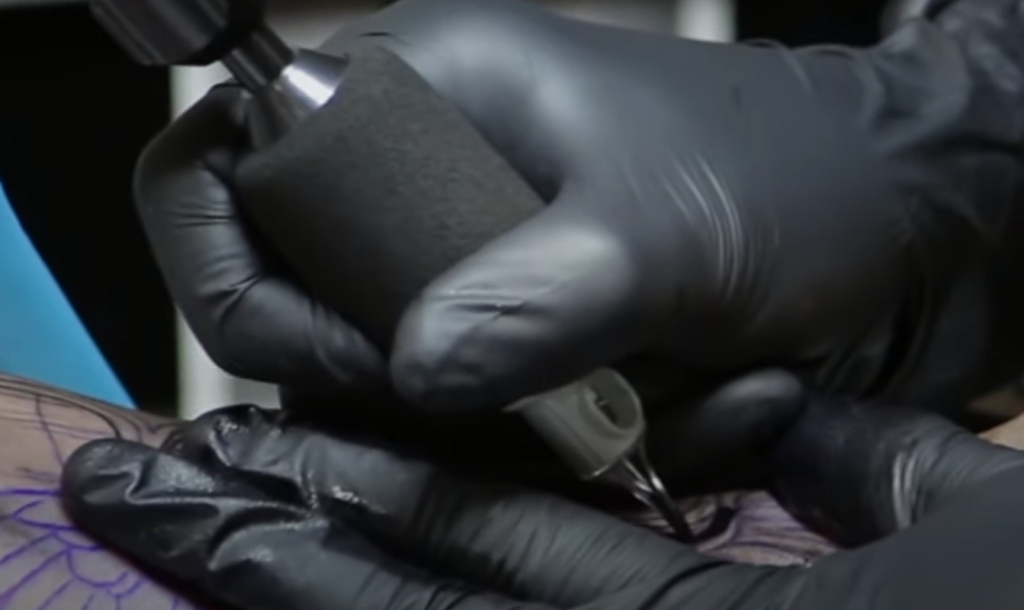
A scar-covering tattoo not only conceals the damage but also restores the confidence that was lost through a negative experience. For example, people don’t merely cover their scars with tattoos; stretch marks can be covered using them as well.
There are a few reasons why people might want to get tattoos over their scars. For some, it can be a way to reclaim their body and feel more comfortable in their skin. For others, it can be a way to turn a negative experience into something positive. And for some, it can simply be a matter of aesthetics.
Whatever the reason, there are a few things you should keep in mind if you’re considering getting a tattoo over a scar. Here are a few tips [1]:
- Talk to your tattoo artist. This is probably the most important step. Your tattoo artist will be able to tell you whether or not your scar is too thick or raised for tattooing. They’ll also be able to advise you on the best way to tattoo over your scar, depending on its location and size;
- Consider the pain factor. Getting a tattoo over a scar can be more painful than getting a tattoo in another location. This is because scars often have less sensation than other parts of the skin. If you’re worried about pain, talk to your artist about numbing options;
- Be prepared for touch-ups. Tattoos over scars often require more touch-ups than regular tattoos. This is because the skin around a scar is often thinner and less elastic, which can cause the tattoo to fade more quickly. If you’re prepared for this, it’ll make the process much smoother;
What Will Your Tattoo Look Like On Different Scars:
Amputation Or Skin-Removal Scars
Smooth skin is often the result of removing and stretching it. Scars that develop from where skin or a body part has been removed can almost always be tattooed, providing that area isn’t too sensitive. However, tattooing over these areas can provoke extreme pain [2].
Skin that has been removed and stretched (such as with a skin graft) usually heals quite well and can be tattooed over without much difficulty. These types of scars often result in smooth, pliable skin that is easy to work with. However, it’s important to note that raised or Keloid scars can sometimes make it difficult to get a good tattoo result.
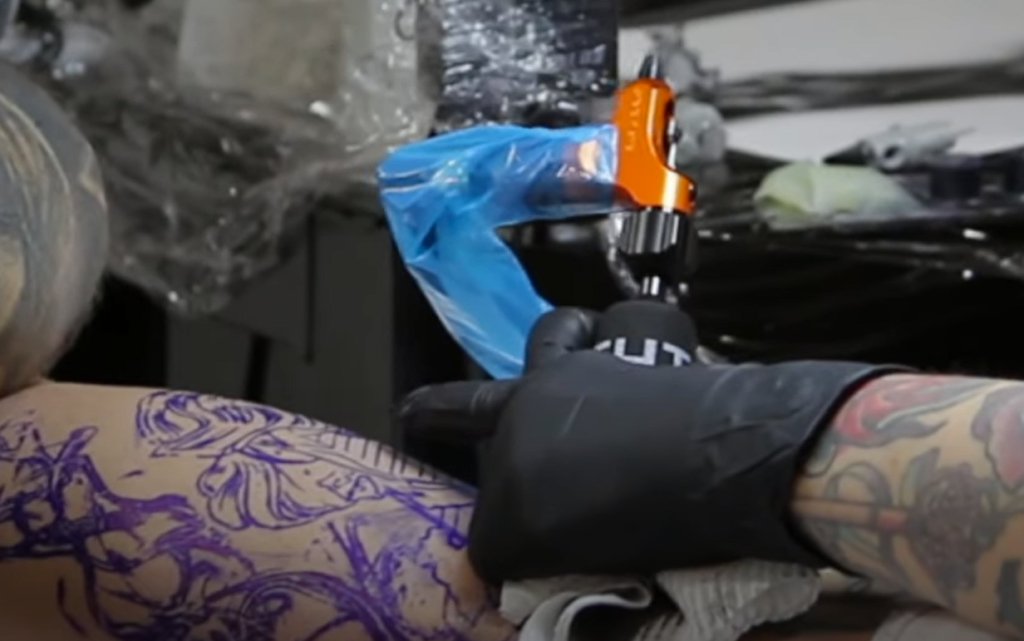
Keloid Scars
As mentioned before, keloid scars can present difficulties when tattooing. They are raised and may scar more after a tattoo, so some people choose to cover only part of the keloid with their design. Another option is to tattoo around the scar, using it as part of the overall design. This can help disguise its appearance while preventing further scarring.
Burn Scars
Burn scars can be difficult to tattoo, as they can be sensitive and irregular in texture. They may also be discolored, which can make it hard to get an even tattoo result. In some cases, it might not be possible to tattoo over burn scars at all.
If you do choose to tattoo over a burn scar, it’s important to work with a very experienced artist. They will know how to handle delicate skin and minimize the risk of further irritation.
Scars On The Stomach
If you have stretch marks or other scars on your abdomen, such as from a cesarean delivery or surgery, they can be covered with tattoos. Just keep in mind that as your belly grows or shrinks, so will your tattoo. If you’re planning on becoming pregnant or losing a lot of weight, you might want to wait until after giving birth or losing weight to get an abdominal tattoo.
Tattooing over scars on the stomach can be a bit more difficult than in other areas, as the skin is often quite sensitive. You’ll need to work with an experienced artist who knows how to handle delicate skin. In some cases, it might not be possible to tattoo over stomach scars at all [3].
If you do choose to tattoo over a stomach scar, it’s important to make sure that the scar is fully healed before getting a tattoo. Otherwise, you risk further damage and pain.
Surgery Scars
Scars caused by surgery are usually small incisions that produce little scarring. These scars should be worked into the margins of a tattoo to make them less apparent. However, if they have healed, you can tattoo over them just as mastectomy scars are frequently done – as long as you don’t do it too soon after the operation.
Everything to Know About Tattooing Over Scars:
Practice Patience
Tattooing over scars is possible, but it will take time and patience. The key is to work with a tattoo artist who is experienced in tattooing over scar tissue. It’s important to do your research and find an artist who you feel comfortable with and who has a good understanding of the healing process.
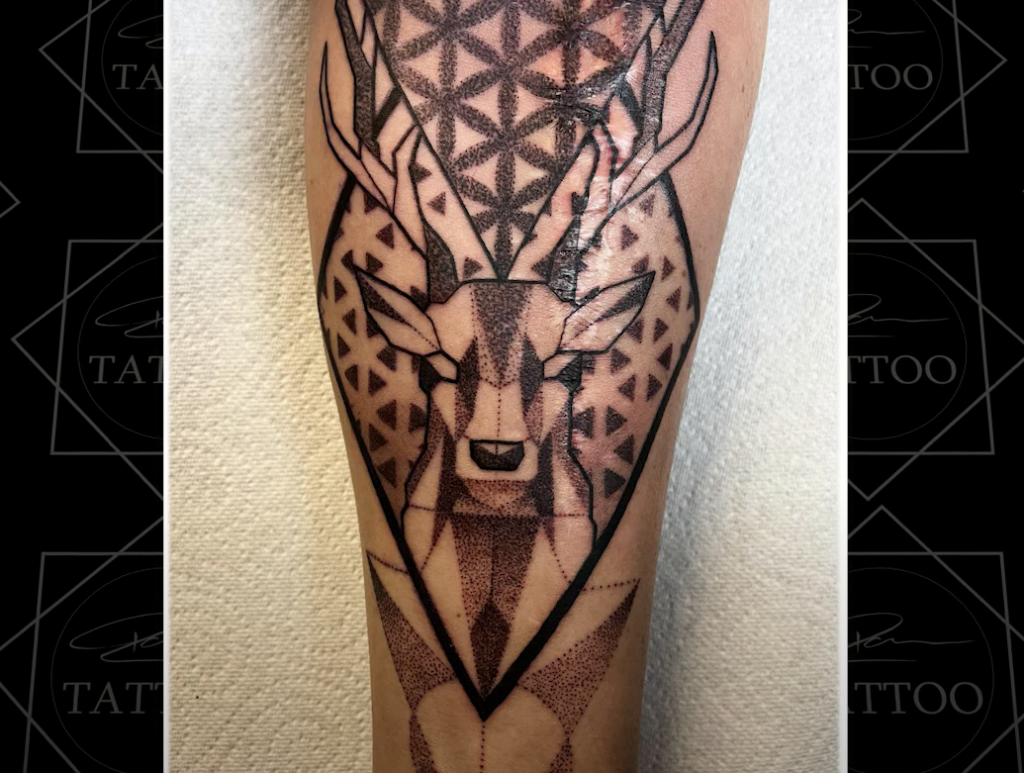
The other key factor is to be patient. The healing process can take up to two years, so it’s important to be prepared for that. The tattoo will likely fade during that time, so it’s important to touch up the design as needed.
Figure Out Whether or Not a Tattoo is Even Possible
The first step is to consult with a tattoo artist to see if a tattoo is even possible. This will depend on the type of scarring you have. If you have keloid scars, which are raised and often red or purple, then it’s likely that a tattoo isn’t possible.
If you have atrophic scars, which are sunken and often white or pale, then it’s more likely that a tattoo is possible. However, the success of the tattoo will depend on the depth of the scarring. The deeper the scarring, the more difficult it will be to cover with a tattoo.
Some people with atrophic scars opt for dermal fillers instead of tattoos. Dermal fillers can help to raise the scar tissue and make it more even with the surrounding skin. This can give the appearance of a successful tattoo, without actually having one.
If you’re unsure about whether or not a tattoo is possible, it’s best to consult with a tattoo artist or dermatologist. They will be able to assess your scars and give you an idea of whether or not a tattoo would be possible.
Find an Experienced Artist You Love and Trust
As we mentioned before, it’s important to find an artist who is experienced in tattooing over scars. This is someone who you feel comfortable with and who has a good understanding of the healing process. The artist should be able to walk you through the entire process and answer any questions you have.
You can ask around for recommendations from friends or family members who have had tattoos. You can also do some research online to find artists in your area. Once you’ve found a few artists, take the time to read reviews and look at their portfolios.
When you’ve found an artist you love and trust, make an appointment for a consultation. This is a great opportunity to ask any questions you have and get to know the artist. It’s also a good time to discuss your expectations and what you’re hoping to achieve with the tattoo.
If you’re not sure about an artist, don’t hesitate to consult with another one. You must find someone you’re comfortable and with who you feel confident.
Understand That Not All Designs Work
Not all designs are going to work when it comes to tattooing over scars. The design needs to be able to cover the scar tissue completely. This means that small and intricate designs are likely not going to be possible.
The design also needs to take into account the type of scarring you have. If you have atrophic scars, then the design needs to be raised to camouflage the sunken appearance. If you have keloid scars, then the design should be flat for it to blend in with the raised tissue.
Your tattoo artist will be able to help you come up with a design that will work for your specific type of scarring. They may even suggest some modifications to a design that you love to make it work better.
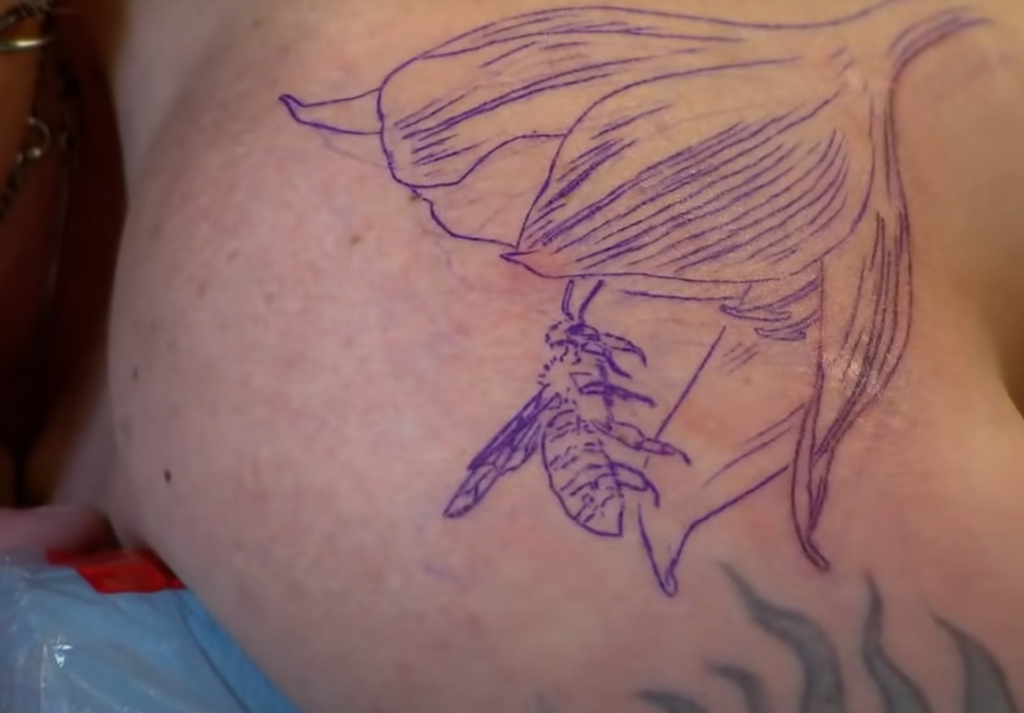
Don’t be afraid to be open and honest with your artist about what you’re hoping to achieve with the tattoo. They should be able to help you find a design that will suit your needs.
Get Ready For a Different Kind of Pain
Tattooing over scars can be a bit more painful than getting a tattoo in an area without scar tissue. This is because the skin is often thinner and more sensitive in these areas.
Some people find that getting numbing cream helps to lessen the pain. You can ask your artist about this when you’re making your appointment. They may also have some suggestions for how to deal with the pain during and after the tattoo session.
It’s important to remember that everyone experiences pain differently. What may be painful for one person may not be for another. Be prepared for the possibility of some discomfort during the tattooing process.
Set Your Expectations
Tattooing over scars is a different experience than getting a regular tattoo. It’s important to go into it with the right expectations.
The healing process can take longer than usual and you may need to apply ointment more frequently. You may also need to avoid activities that could irritate the tattoo, such as swimming or spending time in saunas.
It’s also important to remember that not all designs will work. The design needs to be able to cover the scar tissue completely and take into account the type of scarring you have.
If you’re prepared for the challenges that come with tattooing over scars, then you’re more likely to be happy with the results.
Prep Your Body And Mind For the Experience
Getting a tattoo is a big decision. If you’re considering tattooing over scars, then it’s important to do your research and find an artist you trust. It’s also important to understand that the experience will be different than getting a regular tattoo. The pain may be more intense and the healing process can take longer.
Things to Consider When Tattooing Over Scars:
Is the Scar Fully Healed?
This is the most important factor to consider when tattooing over a scar. If the scar is not fully healed, then it is more likely to become infected [4].
Tattooing over an unhealed scar also increases the risk of the tattoo ink spreading into the surrounding tissue, which can cause the tattoo to appear blurry or distorted.
It is generally recommended that you wait at least 6 months after a wound has healed before getting a tattoo. This will give your skin time to fully regenerate and reduce the risk of infection or other complications.
Is the Scar Raised?
If the scar is raised, it may be more difficult to tattoo over. Raised scars can make it difficult for the tattoo needle to penetrate the skin evenly, which can lead to an uneven or blurry tattoo.
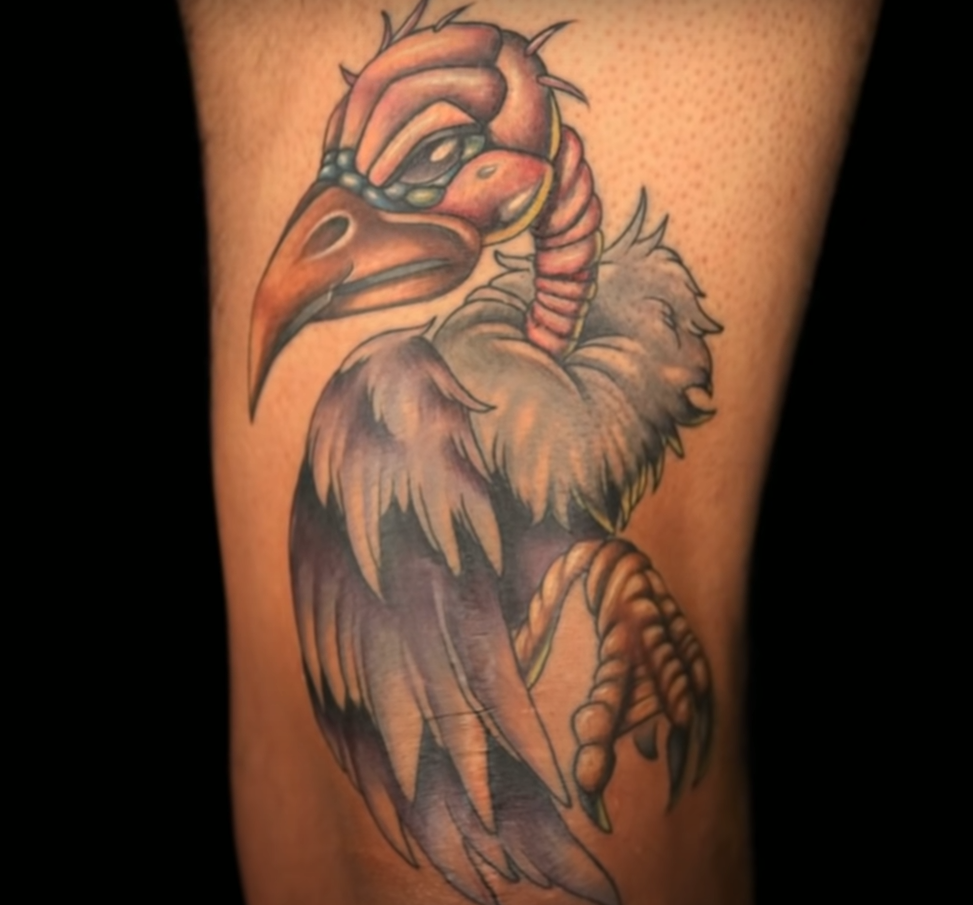
If you are considering getting a tattoo over a raised scar, it is important to consult with a professional tattoo artist beforehand. They will be able to assess the situation and determine if it is possible to get a quality tattoo.
In some cases, it may be necessary to get a surgical consultation before getting a tattoo over a raised scar. This is because some types of surgery, such as skin grafts, can cause raised scars that are not suitable for tattoos.
What Color Is the Scar?
Because it affects the ink, as well as its ability to keep and hold it, color does affect tattoos’ tattoo longevity. Apart from influencing the pigment, color has an impact on scars because a lighter scar is generally an indication of a more healed scar. Silver, off-white, or flesh-colored scars are typically older and easier to tattoo than red, purple, or dark-colored ones [5].
How Wide or Long Is the Scar?
If the scar is less than a quarter inch wide, the chances of it being tattooed over are pretty good. But if the scar is wider, it may not be possible to tattoo over it depending on its location. The same goes for length. A shorter scar is easier to cover with a tattoo than a longer one.
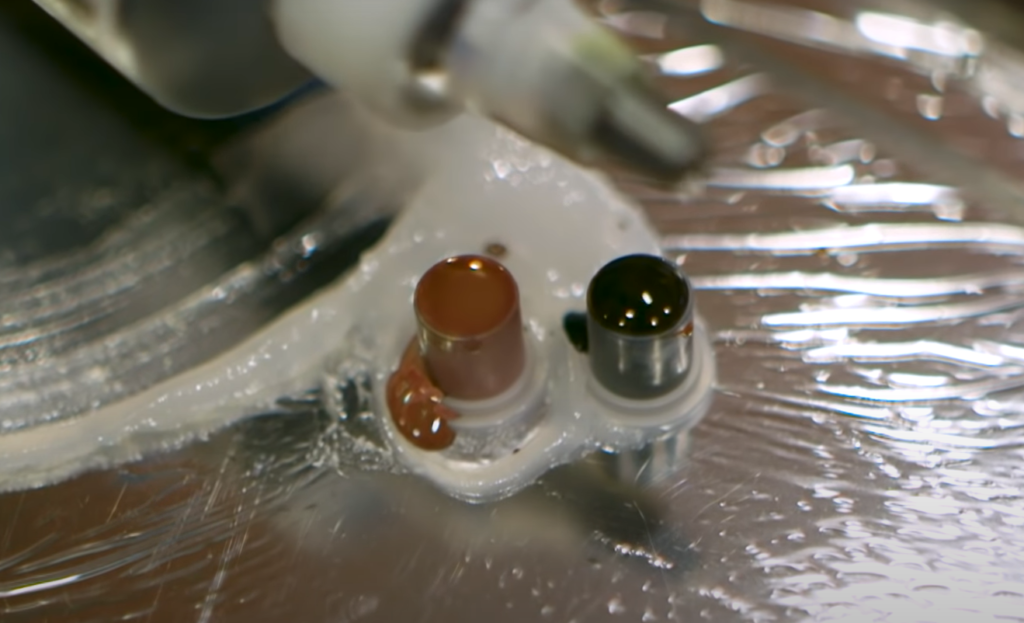
Are Scars Likely to Appear in the Same Area?
If you have a scar that is likely to appear in the same area, it may not be possible to tattoo over it. For example, if you have a scar from a surgery that was performed in the same area as your tattoo, the scar will likely become visible again after the tattoo heals.
In general, it is best to avoid getting tattoos in areas where scars are likely to form. This includes areas that are prone to surgical procedures or other injuries.
How Deep is the Scar?
If the scar is more than a quarter inch deep, it will likely be difficult to tattoo over. This is because the tattoo needle will have difficulty penetrating the skin evenly.
In some cases, it may be possible to get a three-dimensional tattoo over a deep scar. This type of tattoo can create the illusion of depth and can be very effective in hiding a scar. However, this is a complicated procedure that should only be performed by a professional tattoo artist.
Are You Prone to Keloid Scars?
If you are prone to keloid scars, likely, you will not be able to tattoo over them. Keloid scars are raised, thickened scars that can form after an injury or surgery. They are more common in people with darker skin, but they can occur in people of all skin types.
Keloid scars are difficult to treat and there is no guaranteed way to prevent them from forming. If you are prone to keloid scarring, it is best to avoid getting tattoos in areas where they are likely to form.
Can Tattoos Make Large Scars Look Better?
If you have a large scar that you’re self-conscious about, you may be wondering if getting a tattoo can help cover it up. Unfortunately, there’s no easy answer when it comes to tattoos and scars. It depends on the type of scar you have, as well as the location and size.
Depending on how you see yours, and whether your scars are considered an eyesore or a badge of pride. Tattoos can hide, blend, or cover up scars in several ways that change how they appear on your body, but you’ll need someone who knows what they’re doing, understands the skin they’re working with, and has experience working with scar concealment [6].
Will Getting Tattooed Over a Scar Be More Painful Than Normal?
The short answer is yes, it will most likely be more painful to tattoo over a scar. The good news is that the pain is usually only temporary and fades as soon as the tattooing process is finished.
There are a few reasons for this:
- First, when your skin has been damaged, the nerve endings are often more sensitive than they were before. This means that even though the needles used for tattoos are very thin, they can still cause more pain when they come into contact with scars;
- Another reason why tattooing over scars can be more painful is that the scar tissue itself is often thicker than normal skin. This makes it harder for the needles to penetrate, which can result in a more uncomfortable tattooing experience;
If you’re worried about the pain, talk to your tattoo artist about ways to minimize it. They may be able to numb the area beforehand or use a different type of needle that’s less likely to cause pain.
Potential Risks to Tattooing Over a Scar:
Your Tattoo Could Cause More Scarring
Tattooing over a scar could cause more scarring. The tattoo needle can damage the healthy skin around the scar, and that damage can lead to more scarring.
You Could Infect the Scar
If you have a fresh scar, it’s still healing. That means it’s vulnerable to infection. Getting a tattoo over a fresh scar could introduce bacteria into the wound and cause an infection.
The Tattoo Might Not Heal Properly
If you have a raised or thickened scar, it might not heal properly under the tattoo ink. That could lead to an uneven tattoo or patchy-looking ink.
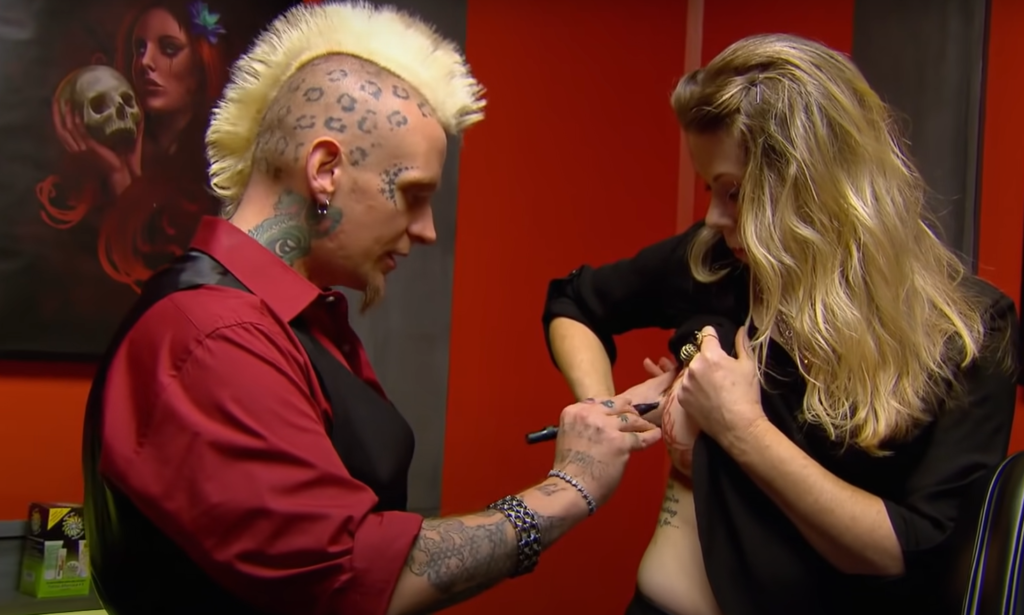
The Color Of Your Tattoo Could Bleed
If you have a red or pink scar, the color of your tattoo ink could bleed into the scar tissue. That could make your tattoo look blurry or uneven.
Your Tattoo Might Appear Irregular
If you have a scar that’s raised or has an irregular shape, your tattoo might appear irregular. The ink could pool in the depressions of the scar and make the tattoo look patchy.
FAQ:
- What happens if you get a tattoo over stretch marks?
If you have stretch marks that are significantly raised, then it’s likely that the tattoo artist will not be able to tattoo over them. The reason for this is that the needle will have a hard time getting through the raised skin. Additionally, if the stretch marks are darker than your skin tone, then they may show through the tattoo. If you’re set on getting a tattoo over your stretch marks, then you should consult with a few different artists to see if it’s possible.
Stretch marks can also be tattooed over by an experienced artist. Some artists say that its best not to do it over extremely old or large scars as they can sometimes show through depending on how thick the scar tissue is, but newer small ones shouldn’t be a problem. If you are worried about how your stretch marks will look, talk to your artist before getting inked.
- Do tattoos work over scars?
Tattoos will work over scars, but the results can vary. If the scar is raised, then the tattoo may not turn out as well because the needle will have a hard time getting through the skin. Additionally, if the scar is darker than your skin tone, then it may show through the tattoo. If you’re set on getting a tattoo over your scar, then you should consult with a few different artists to see if it’s possible.
- Does tattooing over stretch marks hurt?
While there is no definitive answer, many people report that tattooing over stretch marks is more painful than in other areas of the body. This is likely because stretch marks are often darker and thicker than surrounding skin, making it more difficult for the needle to penetrate. If you’re considering a tattoo in an area with stretch marks, be sure to discuss your options with your artist beforehand.
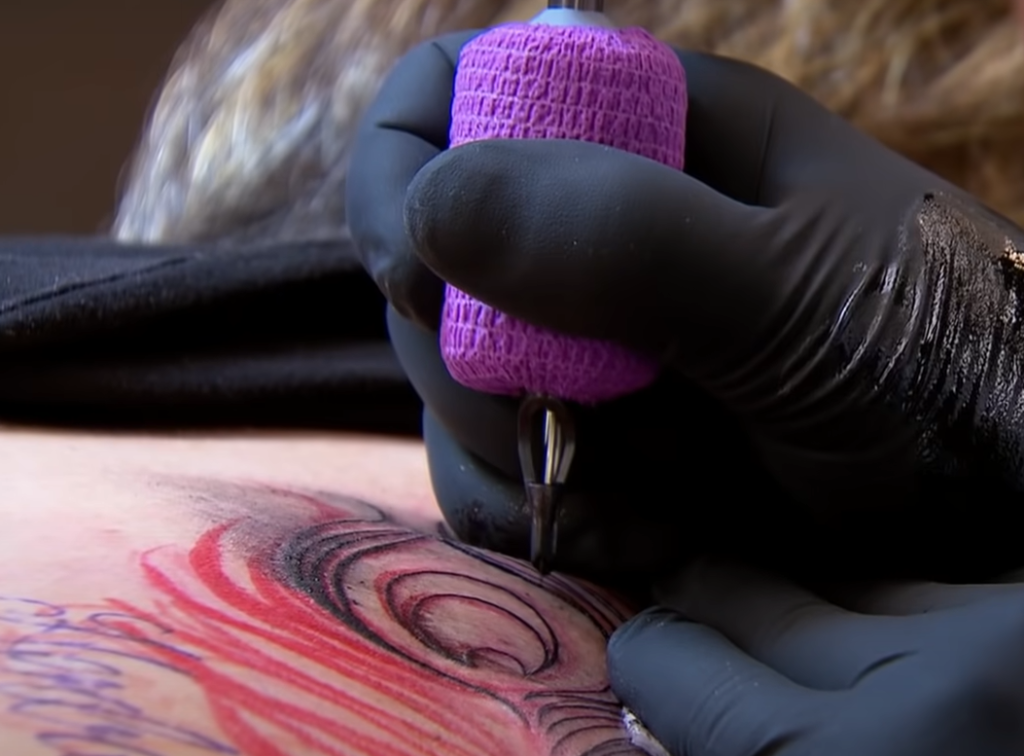
- How long should I wait to tattoo over a scar?
The answer to this question depends on the type of scar you have. If you have a hypertrophic scar, which is raised and red, you will need to wait until it has matured. This can take up to 2 years. If you have an atrophic scar, which is sunken in and white, you can tattoo over it as soon as it has healed.
Some people choose to wait even longer before tattooing over a scar. They want to make sure the area is fully healed and that the skin has settled into its new shape. If you’re not sure whether or not your scars are ready for a tattoo, consult with a dermatologist or your artist.
- How much does it cost to tattoo stretch marks?
Stretch mark camouflage tattoos have various prices based on where the stretch marks are and how bad they are. It also varies depending on the artist. Some tattoo artists charge upwards of 00 [7].
- Can you tattoo on loose skin?
Yes, you can tattoo on loose skin. However, it is not recommended as the ink will not stay in place well and may cause the tattoo to fade quickly. It is also more painful to tattoo on loose skin.
Useful Video: TATTOOING ON SCARS by Tattoo Artist Electric Linda
References:
- https://www.savedtattoo.com/tattooing-over-a-scar/
- https://www.healthline.com/health/body-modification/tattoo-over-scar#appearance
- https://www.byrdie.com/tattooing-over-scars-3189550
- https://www.savedtattoo.com/tattooing-over-a-scar/
- https://tattify.com/tattoo-over-scars/
- https://tattify.com/tattoo-over-scars/
- https://studioconceal.com/stretch-mark-treatment-options


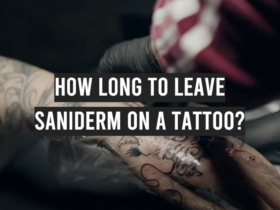
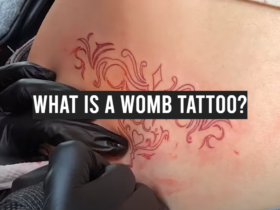
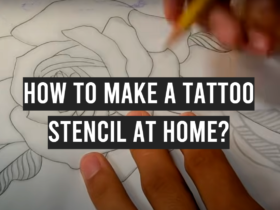
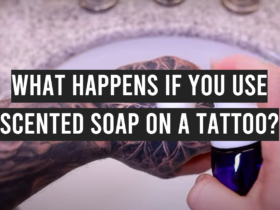
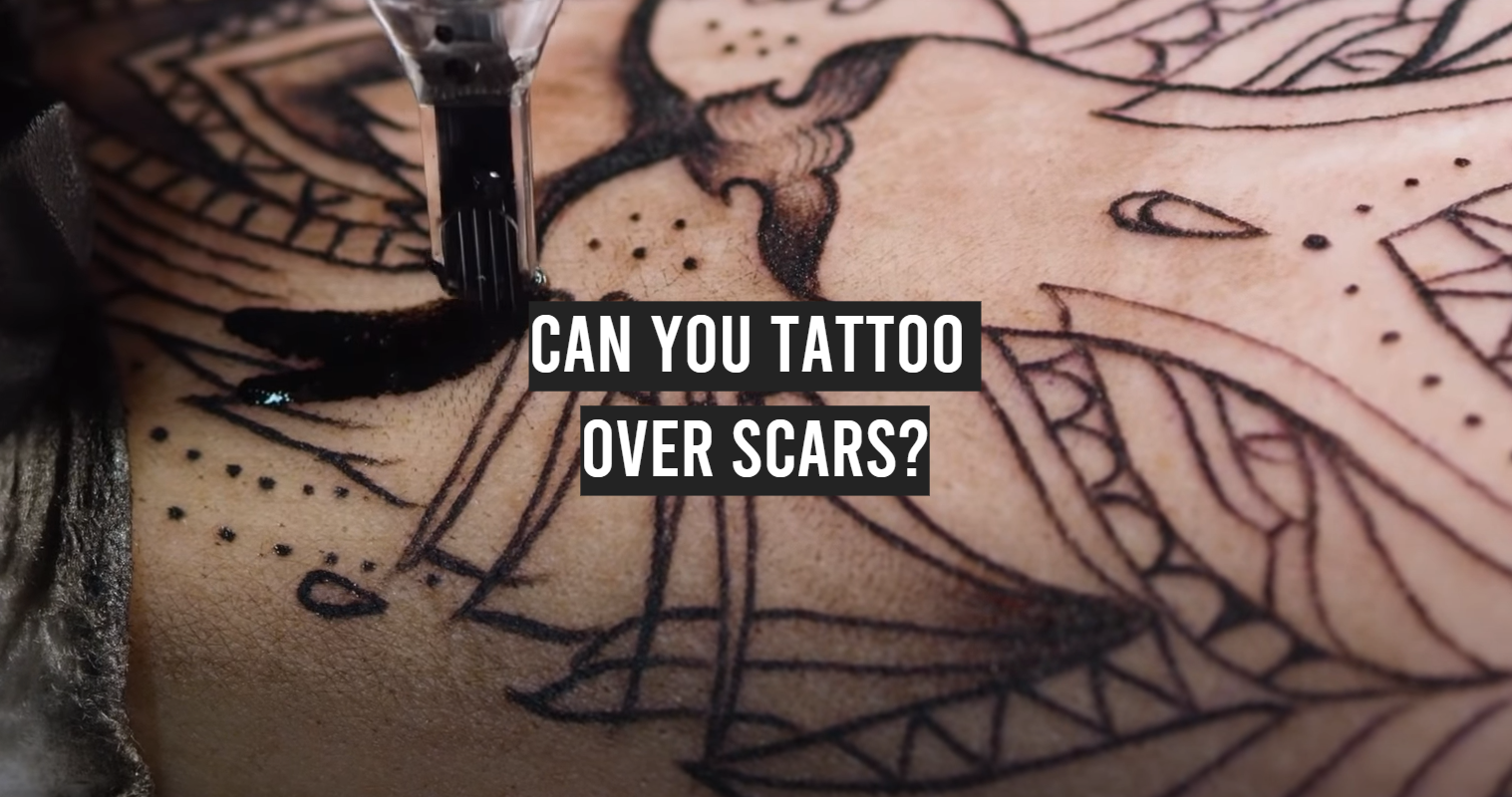

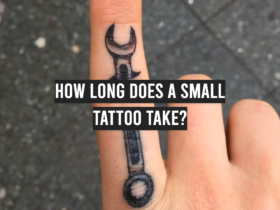

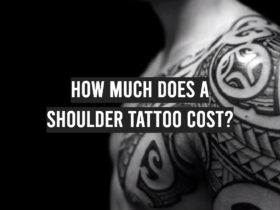
Leave a Review